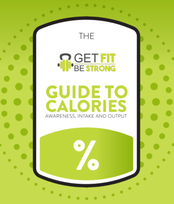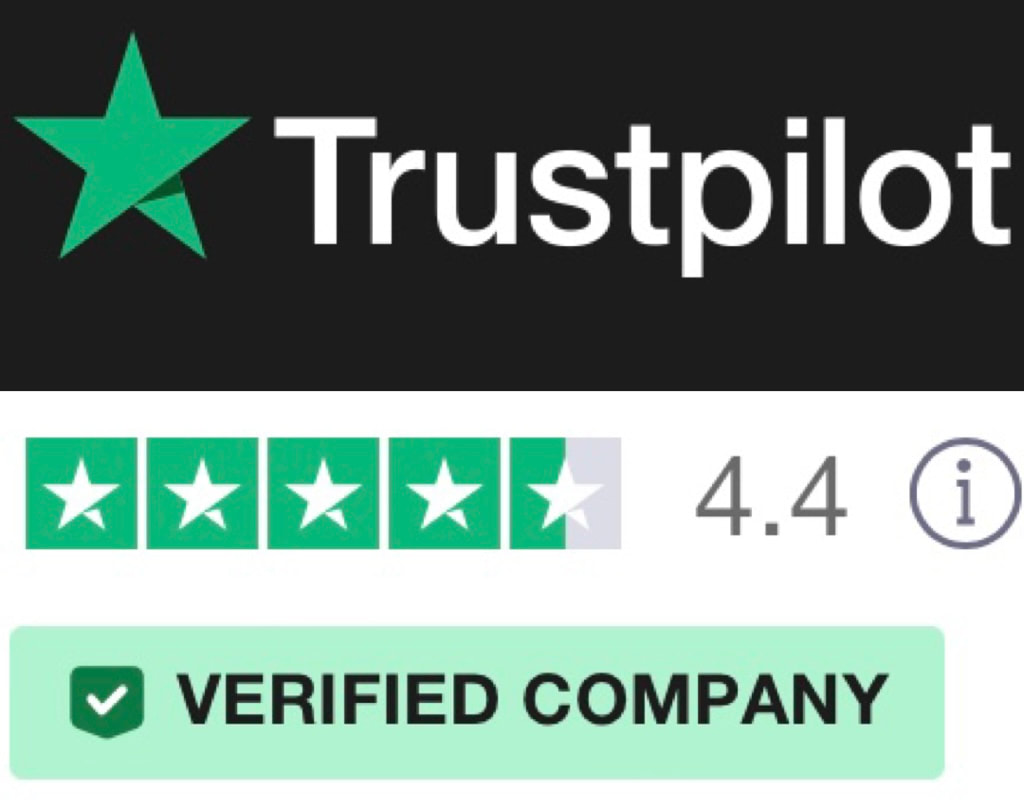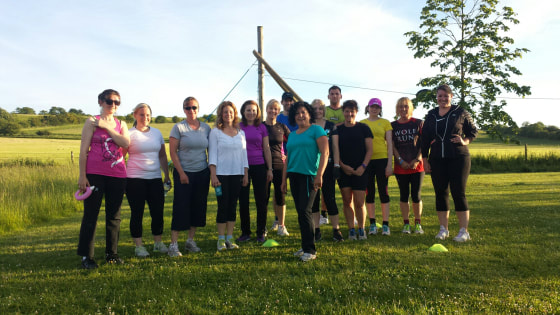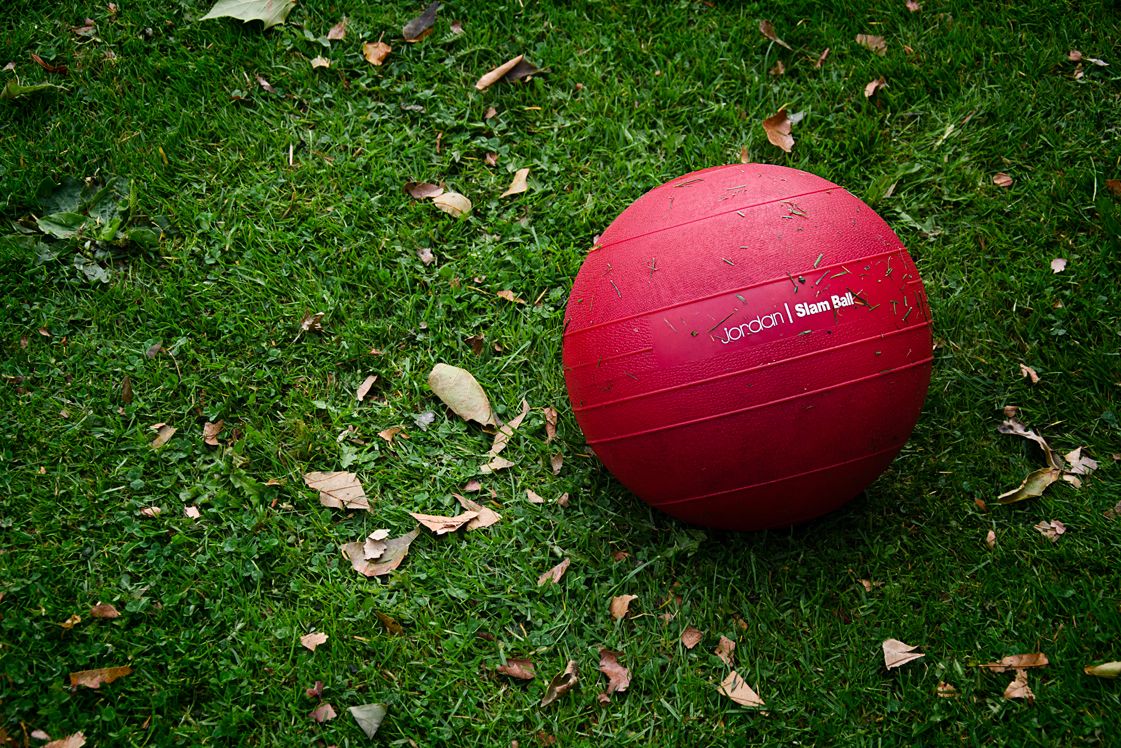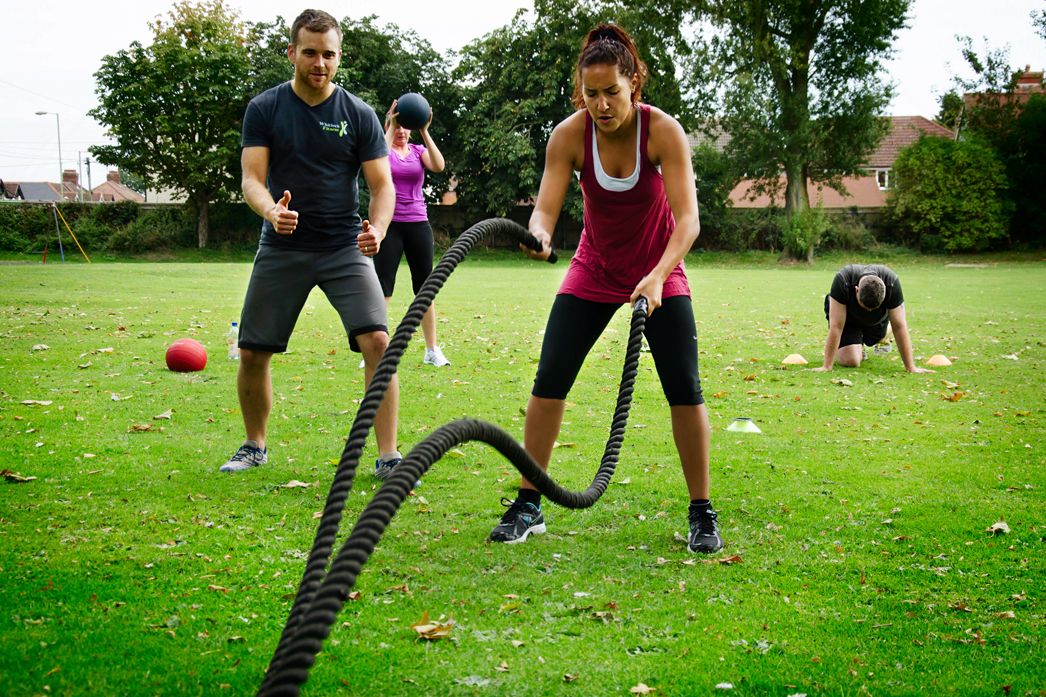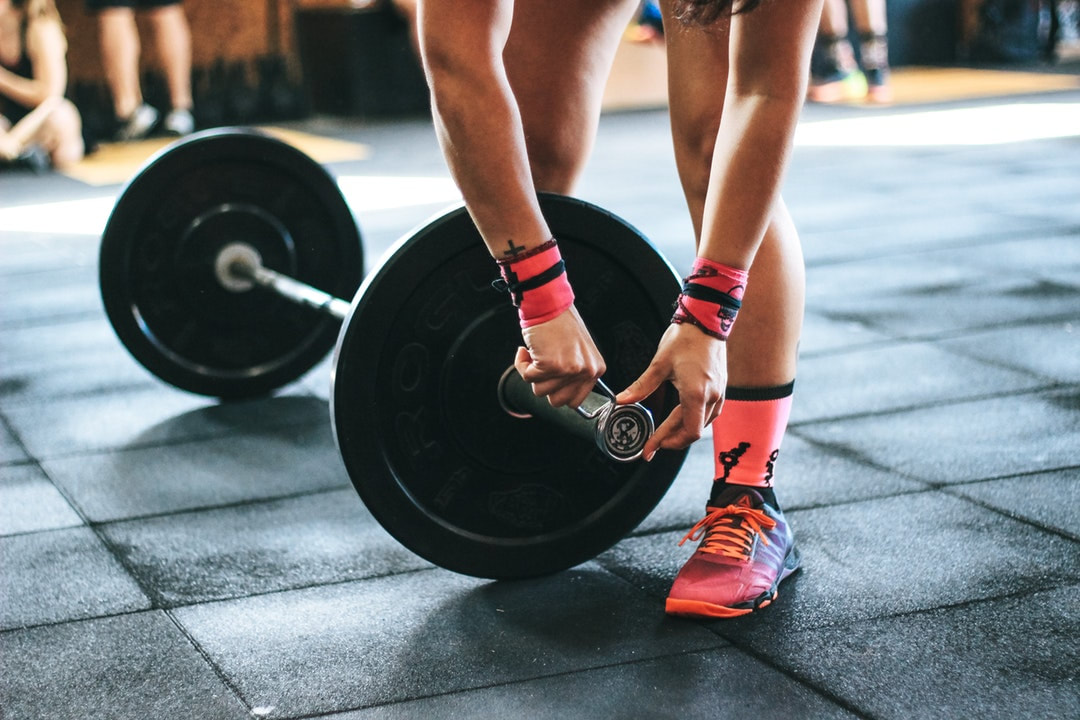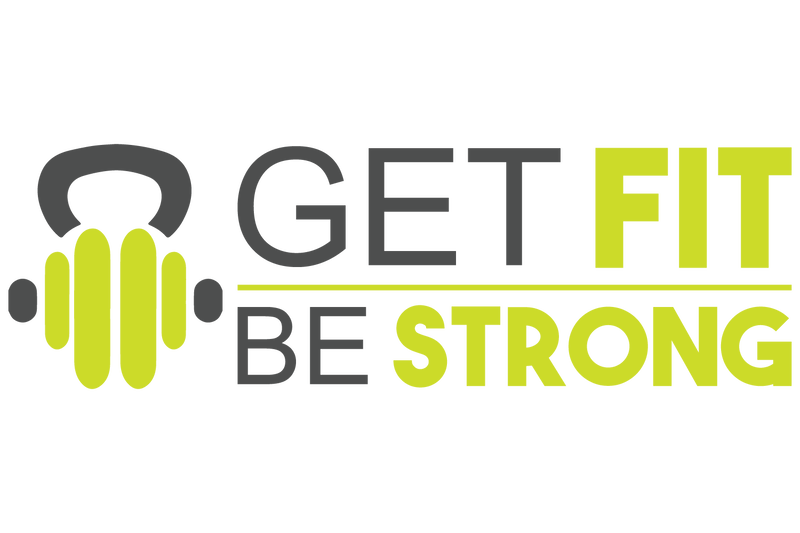|
I love to learn and continue to development my skills and knowledge in health and fitness. One area that I have gained a greater understanding is pre and post-natal exercise prescription. Being a husband to a wife of two c-sections, the qualification seemed a perfect fit and a great addition to help many women on their road to birth and recovery.
THE COURSE The course went through a logical sequence, going from explaining what happens to a woman from conception to post-partum. I won't go into detail on everything, but here are the key things I learned and took away from the syllabus. - Hormonal and physiological changes that occur and how these change over each trimester. The hormone relaxin plays a big part in what happens to women during pregnancy. One of its roles is to prepare and allow the body to adapt to a growing baby and then to assist in the delivery of said baby. It allows the uterus, pelvic and pubis area to expand and change. Although this is targeted at the joints and ligaments that need this change it can affect other parts of the body and this is where range of motion, stretching and exercise adaptation will be needed to ensure that damage isn't done. Along with these can come side effects such as sickness, nausea and change in appetite. These will all affect how a women is feeling and may lead to amendments in training schedules. - The importance of pelvic floor muscles, exercise, and posture at all stages. - The benefits and risks of exercise during pregnancy. This was covered fairly well and a large number of benefits were explained; although a few risks were mentioned including hypoxia (reduced blood flow to the foetus) and supine hypotensive syndrome (lack of blood flow to the mother’s heart), at the end of the element, it did place a big caveat on the information saying that there is no evidence that links these to exercise during pregnancy but as with many things they are risks and common sense would say we don't want to increase their chances during pregnancy. -Nutrition over the trimesters. This section of the course covers which foods to avoid during pregnancy and is still valid from recent readings. It states to not eat raw fish, raw meat or pate along with other things. - Exercise prescription. Here the course content covered the different elements that are needed to be considered during the initial stages through to recovery. It explains the mechanical effects pregnancy has on the body and discusses what to look out for in clients to help determine their level of recovery. Some simple observations and adaptations would be that as the baby grows and the woman becomes larger at the front, by around the end of the first trimester exercises in the prone (face down) and supine (face up) positions should be reduced or minimised. This would probably naturally occur as many would feel uncomfortable in those positions. Changing from elliptical-trainer to recumbent bike; this simple change in equipment choice later in pregnancy can help ease or prevent pubis synthesis pain (pain around the pelvis). Also the need to stop all resistance training during pregnancy is false. I would agree it is not the time to take up extreme kettlebells or begin heavy Olympic lifting but, maintaining your gym routine and keeping active is key to a healthy you and baby. You can still achieve a very effective training programme whilst pregnant whether that be strength training, running, swimming or boot-camping. It just means that the PT or instructor must amend and adapt the training to suit you (which should be their job, right?) and still allow you to swing the kettlebell and lift the barbell until further changes need to be made. - Recovery. This is different for everyone and does need a doctors sign off usually after the 6 week mark. But in terms of exercise planning during the recovery, it is almost the pre stage in reverse. Your goal is to slowly get back to where you were before giving birth and then gradually rebuild your strength, range of motion and fitness through layering of exercise prescription. APPLICATION AND IMPLEMENTATION Most of the mums who have attended Get Fit have joined around 12-24 months after their last baby. This isn't to say that they could not have started sooner, but it seems to be a time when they have finally got time and a lifestyle that allows them to get out and get their body back to full strength. It is this time gap that can also present some issues as most have done minimal exercise and although have recovered are not back to where they were before the birth in terms of fitness levels and/or core repair. For me, there are two areas that I ask them to focus on: the core and glutes. I still also recommend kegel and PFM exercises in most cases as a lot of the ladies just weren't aware of what to do in the initial stages after having their babies. I explain neutral positioning and how to try to involve this in everyday life and throughout the sessions. Most of the exercises we do are compound exercises, so involve many muscles. I stay away from crunches and sit ups which suits quite well with postpartum women and many clients to be honest. A lot also complain of weak or bad backs, so creating a strong frame and base is where I like to start. I use plank progressions, hollowing and leg raise progressions to target the core. This varies person to person in terms of their level of recovery including diastasis recti (separation of the abs) and doming (a dome shape occurring when sitting up at around your belly button). From the outset I try to get them to strengthen their glutes through various exercises including squats, goblet squats, step ups and kettlebell swings. If they strengthen their glutes it will ultimately help create good posture and fix the lower back issues. SUMMING UP For me its all about 3 factors: - Being realistic in terms of your starting point after the birth (remember your level of fitness before the birth). - Start early (during all trimesters and within days of giving birth) and be consistent with kegel and PFM exercises - Keep your nutrition on track; during all trimesters try your best to fuel your baby’s growth yet keep your own health in check (this can be only be a few extra hundred calories, you are not actually eating for two adults). So to the 3 P's; Planning, Pre-natal and post-natal. You could class it as pre but, I honestly think that even if people are thinking and planning to have a baby then they should start to focus on preparing their body as early as possible, that way they are in the best starting position once things like morning sickness or hormonal changes kick in. Every health advantage you can gain will help not only in the pregnancy but in the actual birth and recovery. The pre-natal is all about monitoring how you change and adapting to how you feel and what is happening with your visible signs and also things like your recovery, your heart rate and how you feel during your exercise sessions. A simple tip here is to keep a log, not only of the times, weights etc...but the way you felt throughout and after your sessions. Then as things change you can see for yourself and realise that it is just part of the amazing process. Stay strong mummas!
1 Comment
|
AuthorMe, myself and I posting information about fitness, health and many things wellness. Archives
January 2024
Categories |
|
Start Well now DOWNLOAD YOUR FREE CALORIE GUIDE. Or choose the Start Strong Workout Guide |

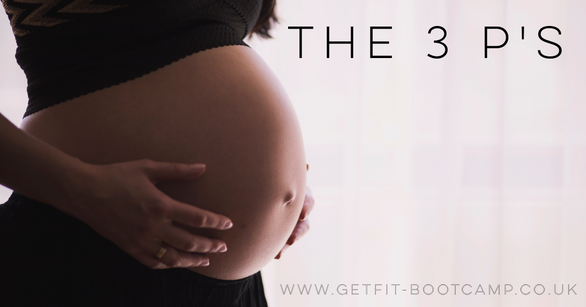
 RSS Feed
RSS Feed
